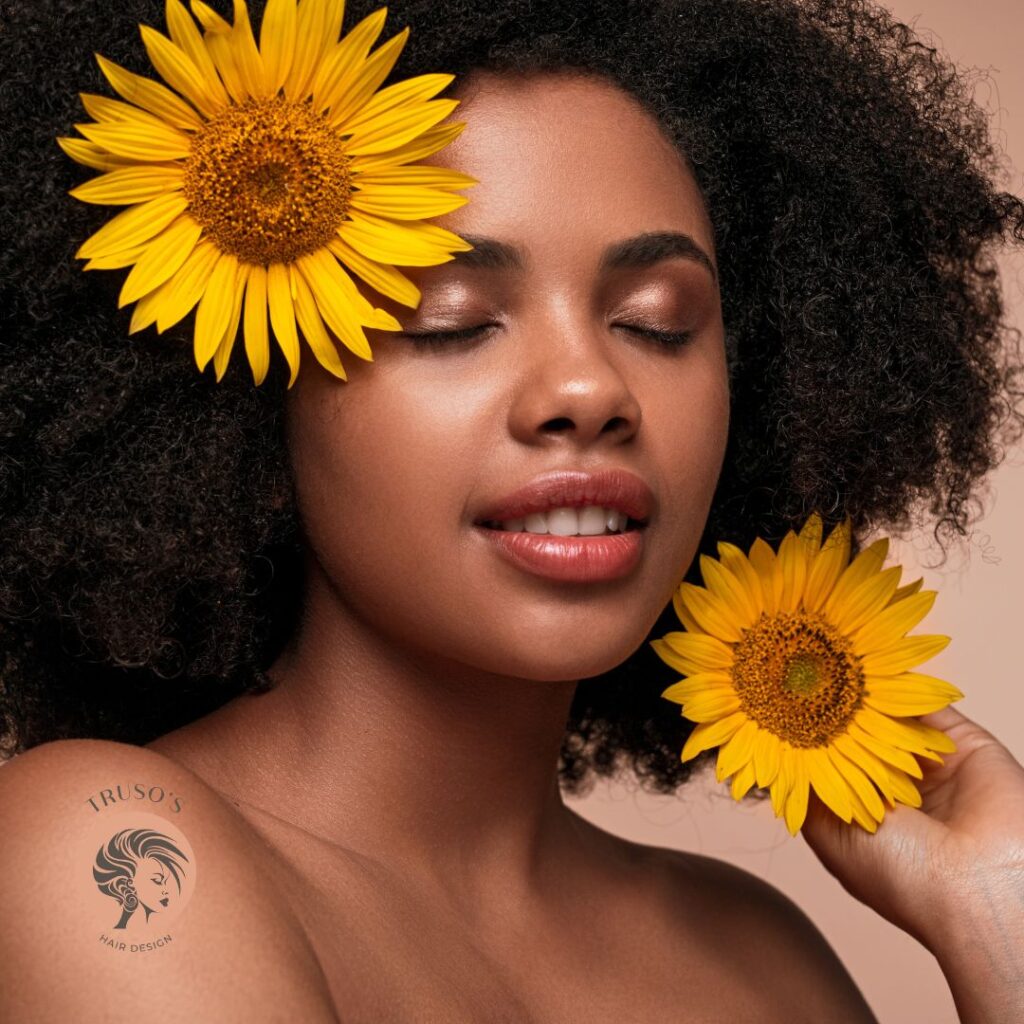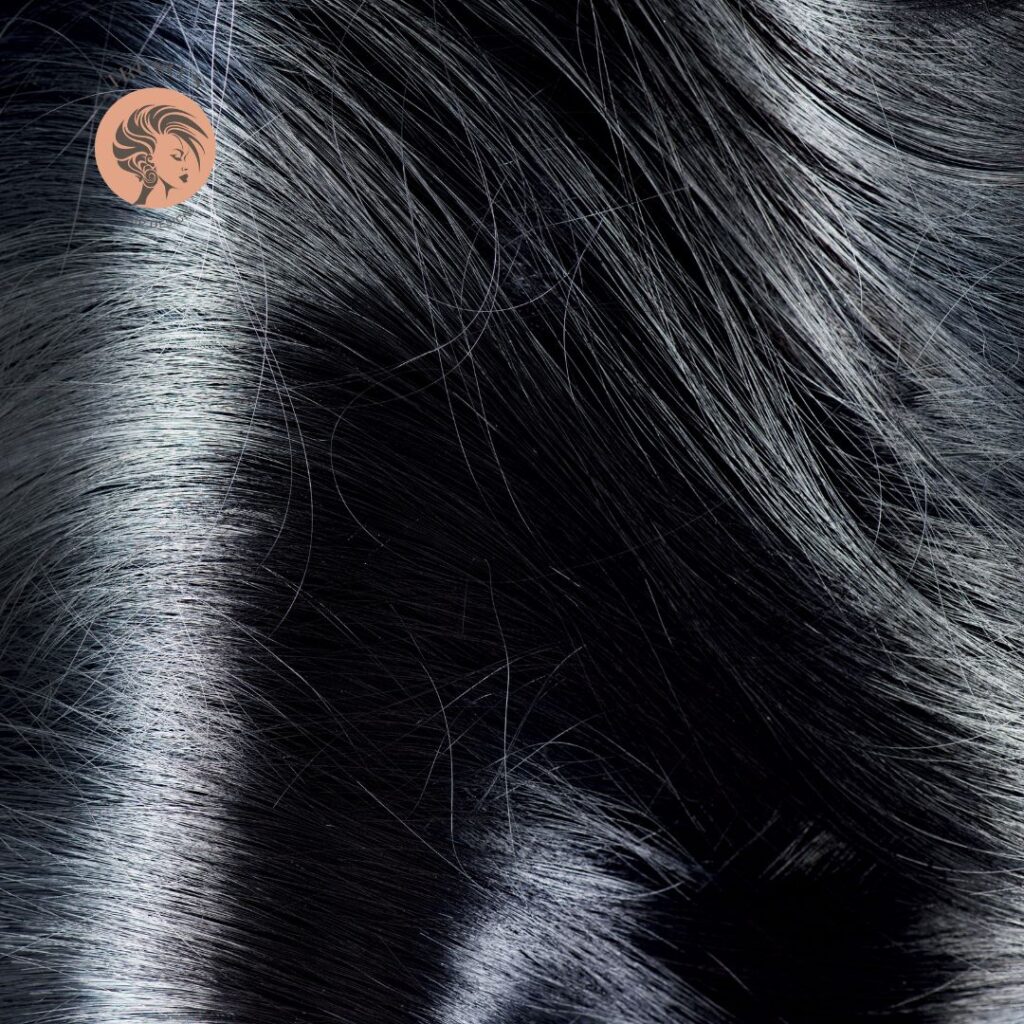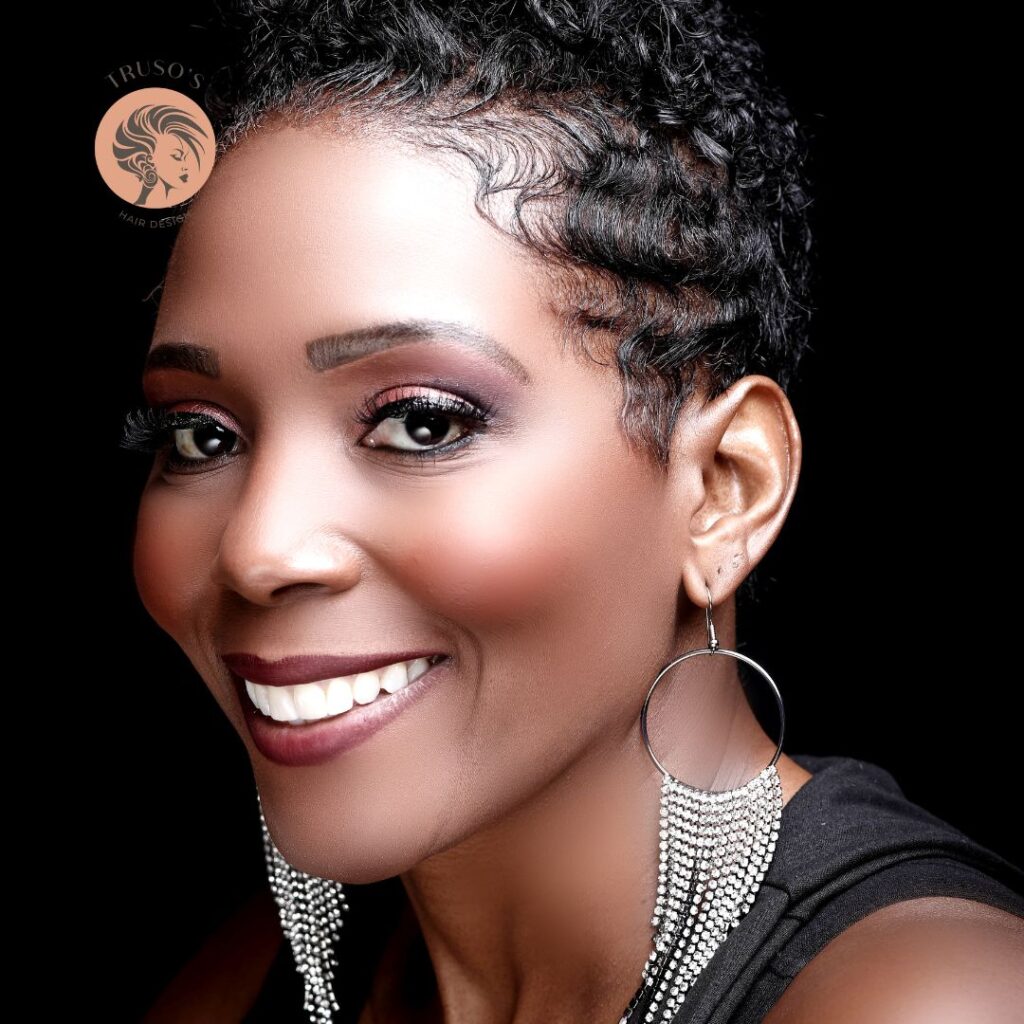How Rare is Natural Black Hair?
Natural black hair is a unique and beautiful feature that often embodies a rich cultural heritage. The diversity within black hair culture is vast, showcasing various textures, styles, and personal expressions. Understanding the rarity of natural black hair involves delving into genetics, cultural appreciation, and the societal perceptions that influence it.
The Genetics Behind Black Hair
To comprehend how rare natural black hair is, we need to consider the genetic factors at play. Black hair, particularly in its natural form, typically features a variety of textures and curl patterns, ranging from tightly coiled to loose waves. This diversity is largely attributed to the shape of the hair follicle, which can be circular, oval, or flat.
Genetically, black hair is more common among individuals of African descent, stemming from the adaptations of ancestors who lived in diverse climate conditions. While some people with Afro-textured hair might classify it as rare in certain societies, it’s essential to remember that this hair type is prevalent in many regions, indicating that its rarity is often contextual rather than absolute.
Cultural Significance of Black Hair
The rarity of natural black hair in certain environments often leads to a misunderstanding of black hair culture. In many Western societies, Eurocentric beauty standards have dominated, leading to a perception that straight or wavy hair is more desirable. This has caused many individuals with natural black hair to feel they should conform to these standards, often resulting in the widespread use of hair straightening and chemical treatments.
However, the appreciation and celebration of natural black hair is emerging fiercely. Movements advocating for the acceptance of natural hair play a crucial role in reshaping societal views. These movements highlight the beauty and strength inherent in black hair culture, emphasizing that every curl, coil, and kink is a representation of individuality and heritage.
The Impact of Media and Representation
The representation of natural black hair in media plays a vital part in how society views its rarity. Historically, individuals with black hair have often been underrepresented or misrepresented in mainstream media. The lack of positive role models showcasing natural black hair can contribute to the perception that it is rare or less desirable.
In recent years, however, there has been a significant shift. An increase in television shows, movies, and campaigns embracing the beauty of natural black hair is encouraging people to revel in their uniqueness. This newfound visibility not only fosters self-acceptance but also inspires younger generations to embrace their roots.
The Global Perspective
While discussing the rarity of natural black hair, it’s essential to consider the global perspective. Black hair culture is celebrated and embraced in many African and Caribbean societies, where natural hair is a symbol of pride and identity. In these regions, the diversity of hair types is widely acknowledged and cherished.
Conversely, in societies where there is a historical stigma against black hair, such as certain parts of Europe and North America, natural black hair might be perceived as rare or unconventional. This discrepancy indicates that the perceived rarity of natural black hair is often dependent on cultural context.
The Need for Acceptance and Education
It is vital to educate society about the inherent beauty of natural black hair and to debunk myths surrounding its rarity. By fostering an inclusive environment where all hair types are celebrated, we can encourage individuals to embrace their natural beauty.
Educating people about black hair culture involves introducing them to its history, significance, and the various ways it can be styled. Helping society understand that natural black hair is not only common but also beautiful and diverse will help dispel notions of rarity and unite people in their appreciation of different hair types.
Final Thoughts
Natural black hair, while perceived as rare in some parts of the world, is a powerful symbol of black hair culture and identity. By exploring the genetics behind black hair, understanding its cultural significance, and advocating for positive representation in media, we can change the narrative around its rarity.
Ultimately, the beauty of natural black hair lies not in its frequency, but in the cultural heritage and individual stories it represents. Let us embrace and celebrate the uniqueness that natural black hair brings to the tapestry of human diversity.
Visit our blog page for more articles




